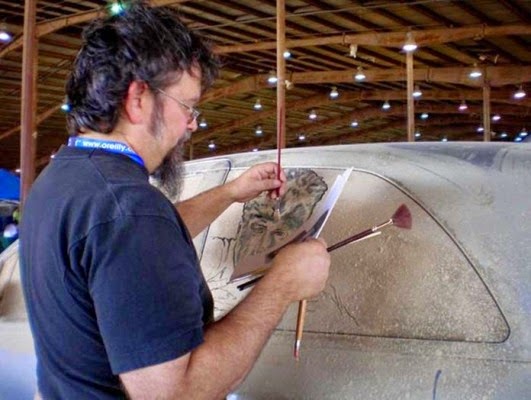Thought behind the
thought:
The
Ganga Project came into mainstream news in a political gathering in the United
States recently. The main thing that came to mind is how are we treating these
glorious rives once they enter cities. They are neglected and derelict and are
mercilessly sullied before they exit the cities. The quote is an attempt to
understand how vulnerable a river might feel before she enters a city.
About the project:
“Ganges”
is a three part documentary series by BBC in collaboration with Travel Channel and France
3. The river Ganga originates at a glacier on the southern slopes of the
Himalayas, some 14, 000 feet above sea level. She travels about 2000 kms till
she reaches the sea. Thousands of species of flora and fauna are dependent on
her existence. Ganga has always been more than a river to Indians. She has been
worshipped like a goddess, revered like a mother and nourished civilizations
for thousands of years. The Ganga has mystery, mythology and tremendous enigma
attached to her. “She”, is a goddess and one who bathes in her holy waters, rids
himself of all his sins. We need to understand that she does not belong to us
humans alone. We need to think of how we are treating our rivers our mothers? What can people
do to play a proactive part in maintaining her honour? Ganga you belong to all.
We are indebted to you forever.
Credits:





















